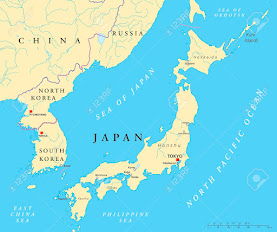India, a vast and diverse country, has embarked on an economic journey that spans a multitude of years. Over time, the economic landscape of this nation has transformed, reflecting both challenges and triumphs.
In the
early years, India's economy thrived on agriculture. Farmers cultivated the
land, producing crops that sustained communities and formed the backbone of the
economy. Simple barter systems facilitated trade, allowing people to exchange
goods and services.
As
centuries passed, trade routes connected India to distant lands, introducing a
variety of spices, textiles, and other commodities. This exchange of goods
marked the beginning of a more interconnected economic system. The Mughal
period witnessed economic prosperity, with thriving markets and the
establishment of a structured revenue system.
The British
colonial era brought significant changes to India's economic landscape. The
introduction of cash crops, such as cotton and indigo, altered traditional
farming practices. India became a supplier of raw materials, and the emergence
of industries like textiles and railways shaped a new economic order.
Independence
in 1947 ushered in a fresh chapter. The government prioritized economic
self-sufficiency, and the Five-Year Plans aimed at industrialization and
infrastructure development. The Green Revolution transformed agriculture,
increasing food production and improving livelihoods.
In the
1990s, India embraced economic liberalization. Reforms opened doors to foreign
investment, and sectors like information technology and telecommunications
flourished. This period marked the rise of a burgeoning middle class, driving
consumption and economic growth.
The 21st
century witnessed India's integration into the global economy. Service
industries, particularly software and business process outsourcing, became
prominent contributors. The economic focus expanded to include technology,
innovation, and knowledge-based sectors.
In recent
years, initiatives like "Make in India" aimed at boosting
manufacturing, while the Goods and Services Tax (GST) streamlined the taxation
system. Infrastructure projects, such as the development of smart cities,
sought to enhance connectivity and urban living.
Challenges
persist, including income inequality and rural-urban disparities. However,
India's economic trajectory continues, with a focus on sustainable development,
renewable energy, and digital advancements. The spirit of entrepreneurship and
a young workforce contribute to the resilience of India's economic narrative.
India's economic journey is a tale of evolution, adaptation, and progress. From agrarian beginnings to a global player in technology and services, the economic landscape reflects the nation's ability to navigate change and embrace opportunities for a brighter future.







.jpg)
.jpg)




0 Comentarios